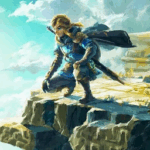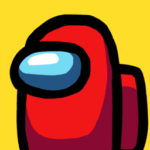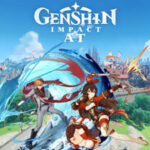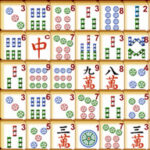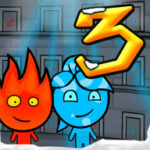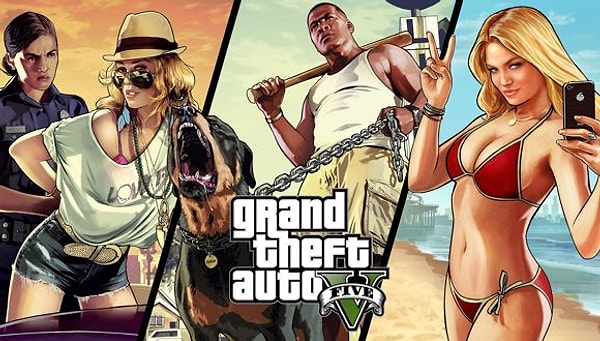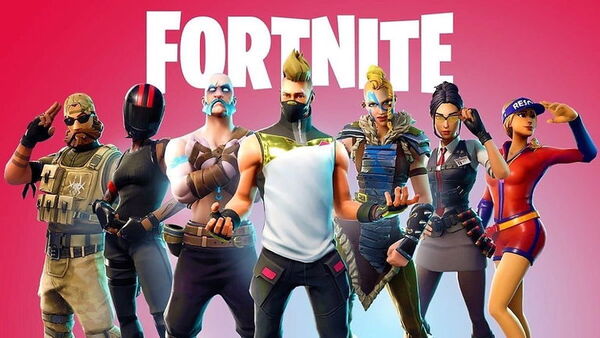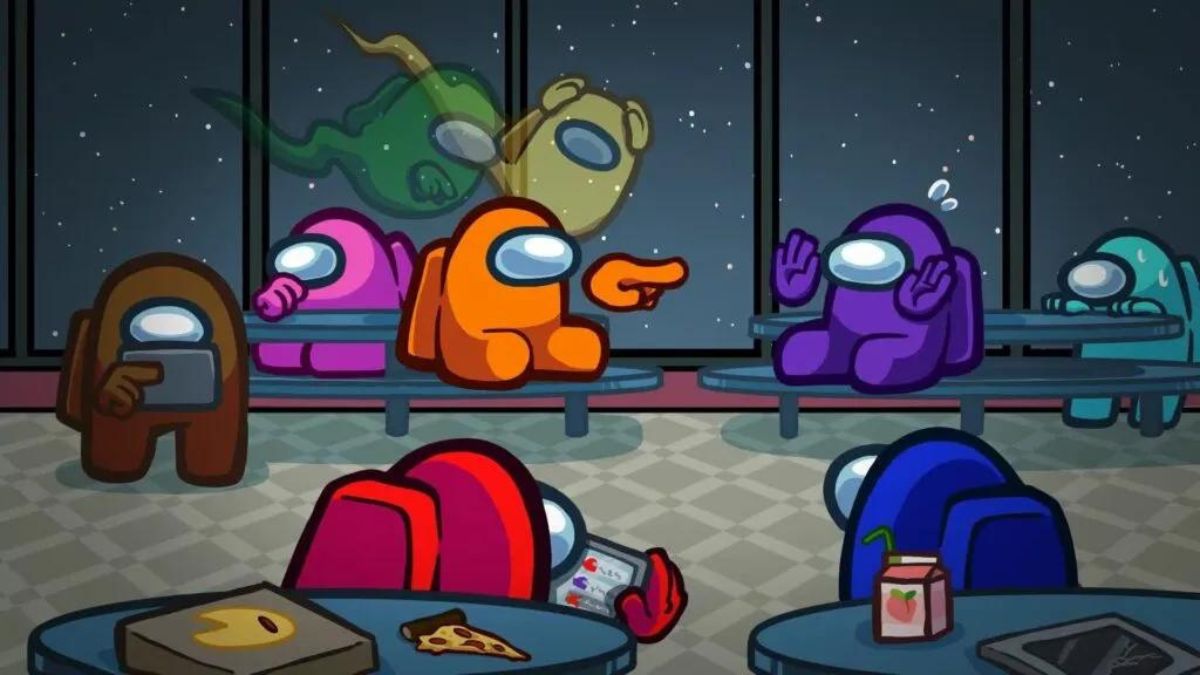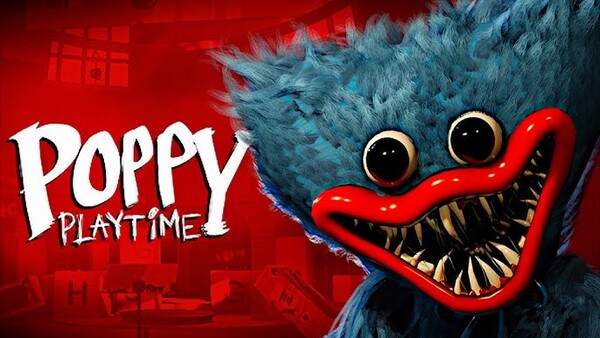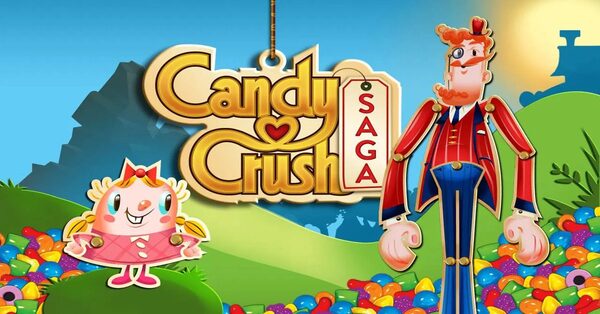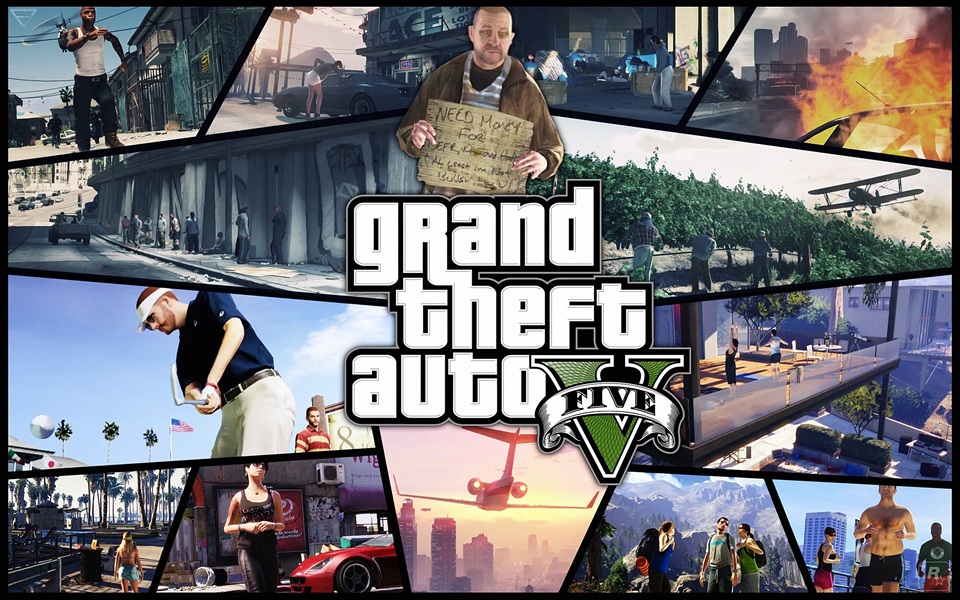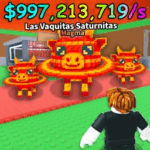Geometry Dash: An In-Depth Journey Through Rhythm and Precision
Geometry Dash is not just a rhythm-based platformer—it’s a test of reflexes, a masterclass in game design, and a cultural phenomenon among mobile and PC gamers alike. Since its launch, Geometry Dash has attracted a dedicated fanbase through its minimalist visuals, unforgiving difficulty, and a vibrant custom level community. This article will explore Geometry Dash from its humble beginnings to its present-day impact, diving deep into gameplay, community contributions, mechanics, and more.
Let’s break down this journey into ten thoughtfully ordered sections, guiding you from the start to the future of this pulse-pounding game.
The Origins of Geometry Dash
When Geometry Dash launched in 2013, it was created by a single developer—Robert Topala of RobTop Games. Initially released for iOS and Android, the game was born from a simple idea: tap to jump in sync with the music. Over time, this minimalistic idea evolved into a brutally difficult yet addicting platformer.
What began as a casual rhythm game soon gained notoriety for its extreme difficulty and hypnotic soundtrack. The challenge and the music kept players hooked, pushing Geometry Dash into the spotlight. Eventually, it became available on Steam, bringing it to PC audiences.
The Core Gameplay Loop
At its core, Geometry Dash is deceptively simple: you guide a square-shaped icon through obstacle-filled levels by tapping to jump or interact with mechanics. However, the real complexity comes from timing—perfect rhythm is key.
The music in each level isn’t just aesthetic; it guides you through the level. Every jump, spike, and gravity flip is synchronized with the beat. As a result, players don’t just play Geometry Dash—they feel it. This unique blend of rhythm and platforming carved out Geometry Dash’s identity.
Introducing New Modes and Vehicles
As Geometry Dash evolved through updates, RobTop added new gameplay mechanics, often via different "vehicles":
-
The Ship lets players fly and control vertical momentum.
-
The Ball inverts gravity on each click.
-
The UFO, Wave, and Spider bring even more variations in movement and timing.
Each mode challenges players to rethink timing, rhythm, and obstacle management. These additions turned Geometry Dash into more than a simple tap-jump game—it became a playground of reflex mastery.
Difficulty and Progression
One of Geometry Dash’s most polarizing features is its steep difficulty curve. With official levels like Deadlocked and Clubstep, the game demands pixel-perfect inputs and unwavering focus. There’s no room for error: one mistake means starting the level over.
Difficulty levels are divided into Easy, Normal, Hard, Harder, Insane, and Demon. The community also uses a star system to evaluate difficulty. While casual players may only reach levels like Time Machine or Cycles, the hardcore community has conquered levels like Tartarus or Slaughterhouse—fan-made creations infamous for their near-impossible challenges.
The Rise of the Custom Level Community
Geometry Dash wouldn’t be what it is today without its custom level community. The level editor, introduced early in the game’s life cycle, gave players the tools to create and share their own levels. Today, there are millions of user-generated levels, ranging from beginner-friendly designs to eye-melting Demon runs.
In addition, the Daily and Weekly levels offer fresh content regularly. Players earn stars, diamonds, and coins by completing these levels, keeping the experience dynamic even years after release.
Moreover, certain creators, like Viprin and Zobros, have become legends in the Geometry Dash world, known for pushing the limits of what’s possible with the level editor.
Visuals and Audio: Minimal but Memorable
Though not graphically complex, Geometry Dash uses sharp visuals, bright colors, and fast animations to create an engaging visual experience. What truly elevates it, however, is the music.
Each level features licensed tracks from electronic artists like F-777, DJVI, Waterflame, and Dex Arson. These songs are not background noise—they are the heartbeat of each level. The beat dictates jump timing, platform spacing, and player movement.
As a result, this game is not just a test of skill—it becomes a musical performance.
Community Culture and Online Fame
The Geometry Dash community has cultivated a unique online culture. YouTube and Twitch are full of reaction videos, walkthroughs, and speedruns. Creators such as GuitarHeroStyles, Nexus, and EVW have helped popularize custom levels and shown the dedication it takes to conquer the hardest content.
There’s also a strong Discord and Reddit presence where players exchange tips, showcase creations, and organize events. Whether you're a casual jumper or a Demon-slaying veteran, you’ll find your place in the community.
Despite its difficulty, many players see these challenges as a badge of honor. Completing hard levels gives a strong sense of satisfaction and pride.
The Future of Geometry Dash
As we look toward the future, Geometry Dash continues to stand tall in the mobile rhythm game genre. With 2.2 on the horizon and a dedicated player base still active in 2025, it’s clear that Geometry Dash isn't slowing down.
RobTop's vision for the game remains ambitious, with future updates hinting at even more customization, mechanics, and player freedom. And as long as there are players eager to conquer impossible levels and craft musical masterpieces, the game will keep evolving.
Conclusion: The Enduring Beat of Geometry Dash
Geometry Dash is more than a game—it’s a challenge, a soundtrack, a community, and a canvas for creators. Its simplicity is deceptive, masking one of the most intense, rewarding experiences in mobile gaming.
For new players, it offers a steep mountain to climb. For veterans, it’s an ever-expanding universe of creativity and skill. And for RobTop, it remains an evolving masterpiece that continues to resonate—one beat at a time.






